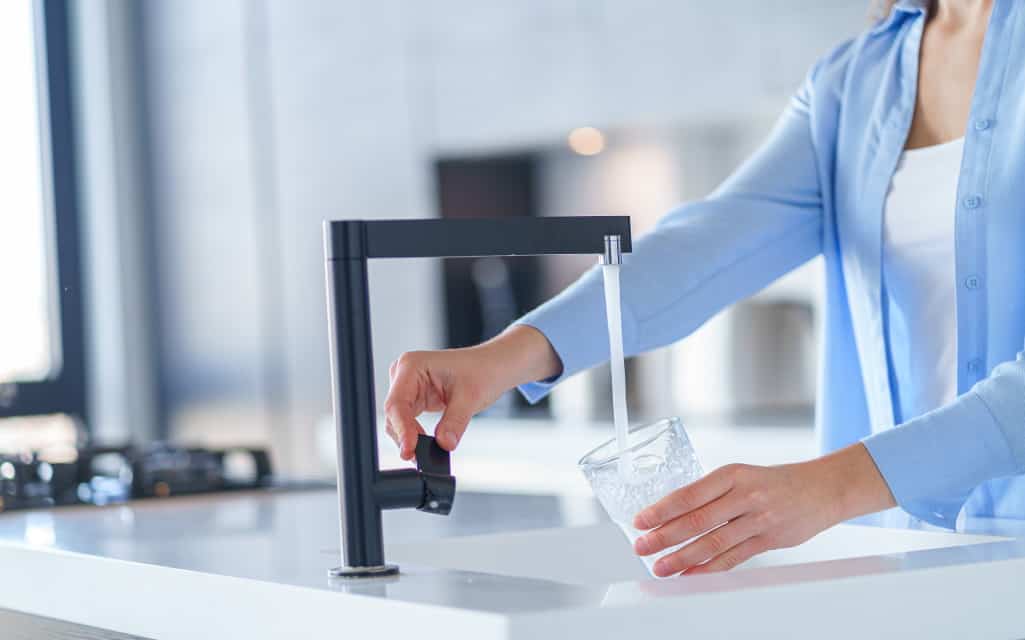When it comes to water, quality matters. You need clean, fresh drinking water to survive and thrive. Unfortunately, tap water is not always safe to drink because it has myriad pollutants that can get into your system from various sources. A company like RAdata can help treat your water and make it safe to drink.
That’s why investing in a home water filter is so important. However, with all the options on the market today, there are many things you should consider before making your purchase decision, as there isn’t just one perfect solution out there for everyone.
Here are some of them:
1. Find The Flow Rate Of Appliances And Dispensers
The first thing you need to do is find out the flow rate of your dispensers and appliances. This information can be found on most water filters’ product pages or in their instruction brochures. You can measure the flow rate by following these steps:
– Fill a measuring jug halfway with cold tap water (or distilled)
– Pour into container(s) until full
– Measure total volume using metric system units like milliliters (mL), liters (L), or gallons (gal). Don’t forget to include both the amount poured plus any residual remains in your original vessel when filling up containers.
Then compare this measurement against what is stated on the package label as its maximum capacity to enable you to know the size of filter needed for your house.
2. Filter Type
It’s not easy to know what type of whole house filter is best for your home. There are many different types, including activated carbon filters, ion-exchange units, and reverse osmosis systems.
Different water sources require slightly different filtration methods. As a general rule, though, the better the quality of the pre-filtering stage, the longer and more effective will be one’s post-filtering system.
The most important thing is how the filter interacts with your water supply. For example, in areas where the main pollutant is chlorine, an activated charcoal filter will be more effective than a ceramic one since it removes both taste and odor without making any chemical changes.
If you’re living in an area with volcanic activity (e.g., Hawaii), bacteria are more of a concern. So, a different type of filter, such as those that use UV light or ozone gas treatments to purify the water, may be necessary.
3. Size
The filter size you choose should be based on the number of people in your household and how much water they need for drinking, cooking, and bathing. For example, a family of four would require an average-sized filter such as a 20-inch model. If there are any pets or livestock that drink from the faucet, then this number will be higher because pet needs vary by type.
A larger home with six to eight occupants could use an industrial grade 50-inch long pleated media cartridge, while smaller households might only want to consider something.
The Bottom Line
There are many different types of home water filters out there. The best thing to do is research the benefits and drawbacks of each type before deciding which one will work for you.



